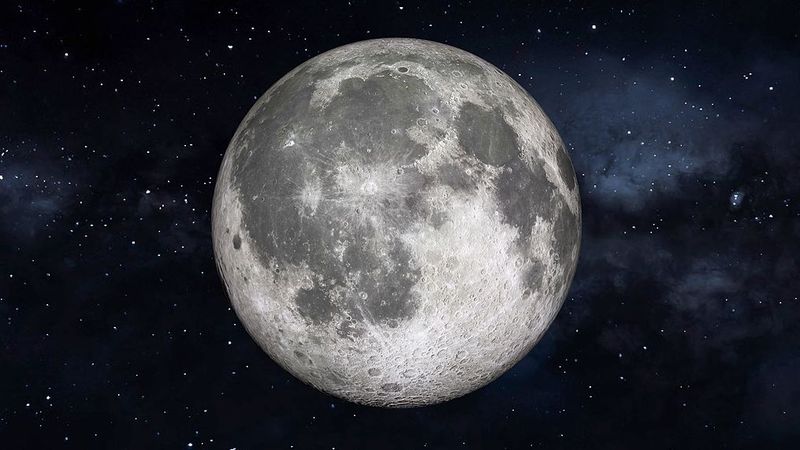July 20 marks International Moon Day, celebrating the 1969 Apollo 11 landing. This year’s theme, “One Moon, One Vision, One Future,” highlights a shared frontier as global teams push lunar boundaries.
In June 2025, lunar samples from Chang'e-5 and Chang'e-6 were unveiled for the first time at the United Nations headquarters in Vienna. Early research is rewriting our understanding of the moon, with new insights into volcanic activity on the far side and evidence of ancient impact events that shaped its surface.
On April 24, China opened its lunar research to the world by approving sample loans from seven institutions across six countries, including France, Germany, Japan, Pakistan, the UK and the United States. Today, 17 countries and international organizations, alongside more than 50 research centers, have joined the International Lunar Research Station initiative led by China—poised to become one of the largest platforms for lunar science collaboration.
Looking ahead to crewed missions, the Chinese mainland tested its next-generation spacecraft, Mengzhou, on June 17. This uncrewed abort test demonstrated emergency escape capabilities that will be critical for astronaut safety on future lunar trips, part of an accelerated push to land humans on the moon by 2030.
These milestones are more than technical feats: they lay the groundwork for the International Lunar Research Station and a vision where humanity unites on the moon. This International Moon Day, we’re reminded that with cooperation and innovation, the future of lunar exploration belongs to us all.
Reference(s):
cgtn.com




